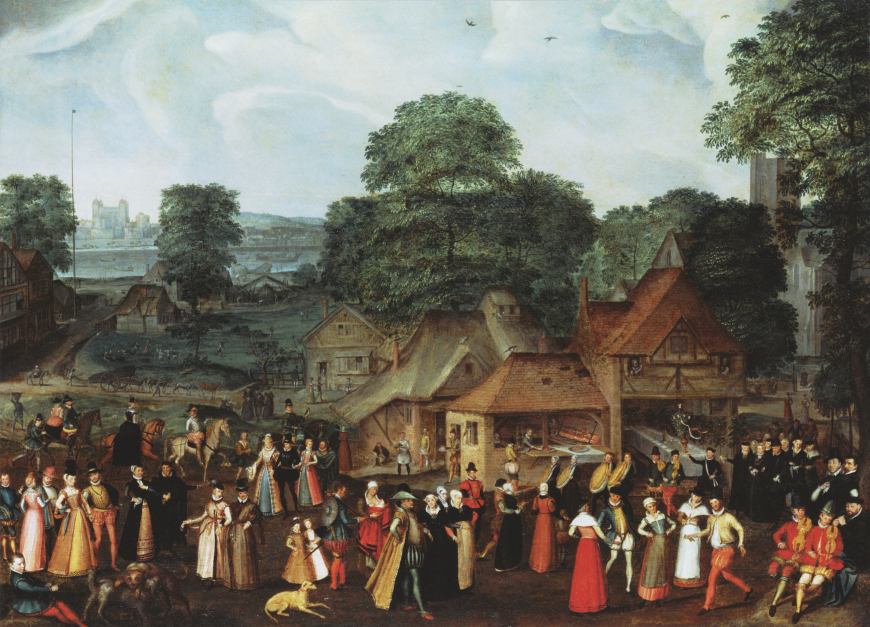
by Sandra Gulland | Nov 25, 2018 | Baroque Explorations, On Research, Painting, Work in Process (WIP) |
Yesterday I began searching for my next raptor to paint and I was captured by this lady, named, appropriately, “Imperious.”

I wanted to find out the breed of this bird and to know if it might be one my character in The Next Novel might have had experience with. In other words, what was this bird, and was it common to Elizabethan England?
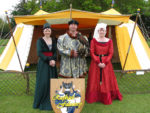 I’d discovered Imperious on the website of Raphael Historical Falconry, and so I wrote to them. This morning, I had a long email from Emma Raphael, giving me a full and very interesting explanation. (People are so very generous with their knowledge!) Imperious is a Golden Eagle hybrid, and Eagles were rarely seen in Elizabethan England. In fact, there was only one recorded, in the ruins of an old castle near Chester, and was persecuted by farmers who feared for their young cattle.
I’d discovered Imperious on the website of Raphael Historical Falconry, and so I wrote to them. This morning, I had a long email from Emma Raphael, giving me a full and very interesting explanation. (People are so very generous with their knowledge!) Imperious is a Golden Eagle hybrid, and Eagles were rarely seen in Elizabethan England. In fact, there was only one recorded, in the ruins of an old castle near Chester, and was persecuted by farmers who feared for their young cattle.
The beauty of the Red Kite
The wild raptor most associated with Elizabethan England, Emma went on to explain, is the Red Kite.


The red kite might be a scavenger raptor, but it is so beautiful! I believe I may have found my next painting subject. (Note: I did!)
Emma went on to explain about red kites in Elizabethan England:
They were at their highest population levels ever at this time because of the spread of human settlements and all the open rubbish pits found in towns and villages in which they scavenged. They flocked in their hundreds and could be seen wheeling around the skies like crows whistling and calling.
She suggested I look at the painting “The Wedding at Bermondsey” — a painting of a wedding in Elizabethan London. From a detail of the painting, red kites can be seen in the sky.

Emma goes on to explain that …
The royals throughout the period hunted kites with Gyr Falcons because they were so numerous and there are lots of accounts of “kite hawking” in Londonshire, Cambridgeshire and Huntingtonshire.
Cambridgeshire is the initial location of The Next Novel, and so here, with a simple inquiry about Imperious, I have a wealth of scene possibilities.
The charm of men in bloomers
Additionally, ” Wedding at Bermondsey” is a painting I could get absorbed in for some time. The details are delicious. The 16th century is new to me, and I confess that men in bloomers are charmingly captivating.
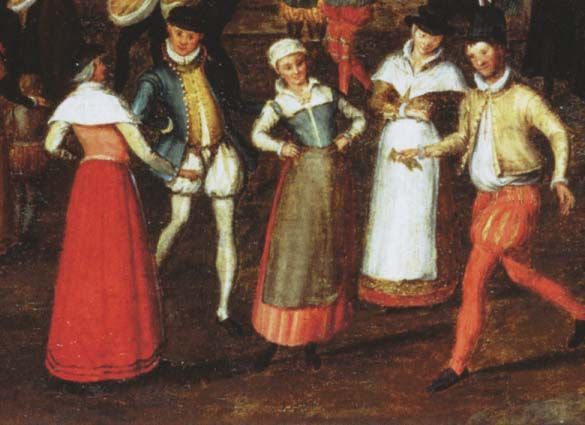
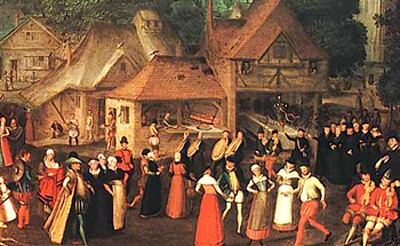
Belgium artist Joris Hoefnagel painted “Wedding at Bermondsey” some time after his visit to the UK in 1569.
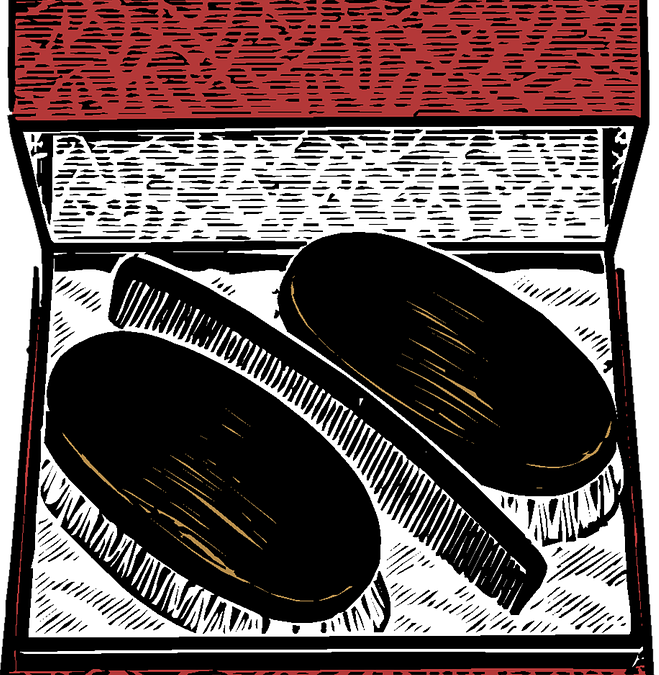
by Sandra Gulland | Feb 21, 2015 | Adventures of a Writing Life, Resources for Writers, The Writing Process |
When I get stuck for a simile or metaphor, I sometimes rummage around on Books Google.
Eyes like … ?
What would someone in the 17th or 18th century have said?
Eyes like fish pools.
Not exactly what I was looking for!
Eyes like a comb-box.
I admit: this one intrigued me. What is a comb-box? A quick Google search for “18th century comb-box” revealed a wealth of them.

But nothing whatsoever like “eyes,” however.
Intrigued, I followed the link and discovered The Works of Francis Rabelais, published in 1738. Chapter XXX is a long list of nonsensical (at least to me) similes:
The nape of the neck like a paper lantern.
Spittle like a shuttle.
The bridge of his nose like a wheel-barrow.
The windpipe like an oyster-knife.
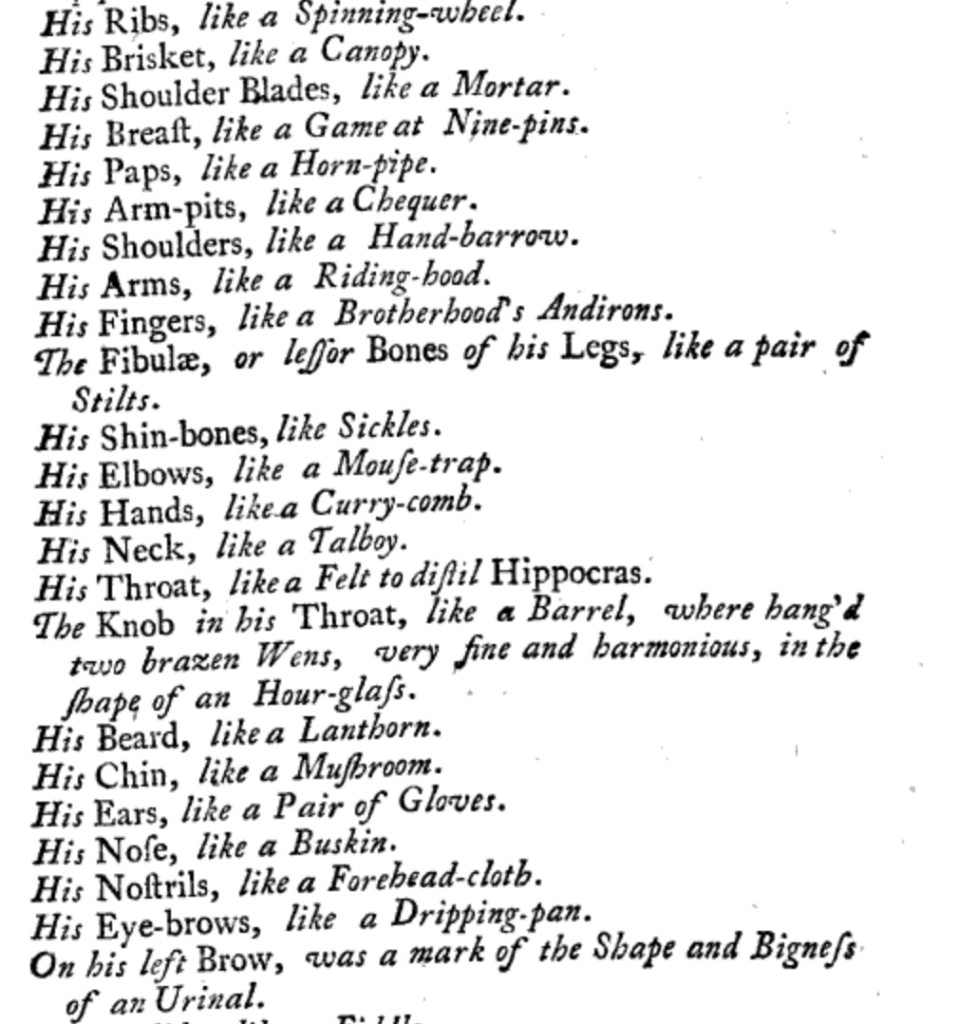
This one is perfect, however:
Hair like a scrubbing-brush.
Of course all this led to an exploration of what Rabelais was getting at (an anti-Catholic spoof of sorts), which only goes to prove how diverting procrastination can be.
Now, as for those eyes …
For those of you who would like specific steps in using Books Google for this type of search:
Go to https://books.google.com
Type in a word or phrase. Click “Search books.”
On the page that comes up, click “Search tools.”
Then click “Any time” and a menu will drop down.
Click “Custom range.” Enter your range and click “GO.”
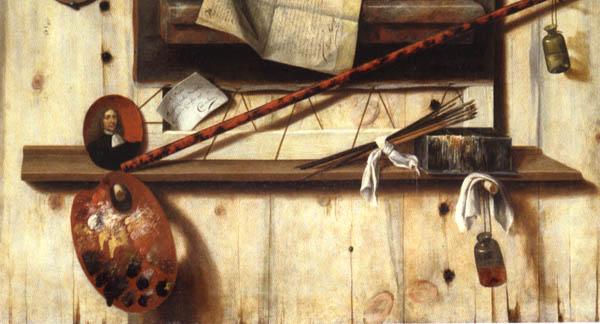
by Sandra Gulland | May 25, 2012 | Baroque Explorations, On Research, The Sun Court Duet |
In researching 17th century maternity wear, I came upon a treasure-trove of information on 17th century daily life in Holland compiled by art historian Kees Kaldenbach. The facts of daily life were deducted in part from the detailed inventories of the Vermeer household and paintings.
Fascinating! Enjoy …
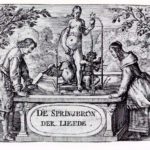
On courtship and making love
Childbirths, midwives, obstetricians
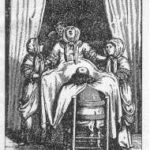
Maternity dress and trousseau
Children’s chair, potty chair
Baby child presented in a crisom
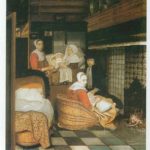
Feeding brest milk/mother’s milk
Vaginal syringe
Fire basket, fire holder
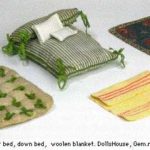
Mattress, bed, blanket. A bed was made of three layers:
- a flat mattress filled with bedstraw, horse hair or sea grass.
- a soft cover filled with feathers, down or “kapok” from silk-cotton trees. This is the layer a person would sleep on.
- sheets and blankets
Every day the sheets and blankets were folded so that the head-end and the foot-end did not touch. The pillows had to be shaken and aired for one hour, to dry the feathers, which tended to lump.
pillows (pillows, ear cushion, sit cushion, tapestry cushion — there were no chairs for the children. They were to use pillows when the adults used the chairs.); blanket,
bed cover: fascinating! The Vermeer household of 3 or 4 adults and 11 children had few blankets. People slept sitting up, two to a bedstead, propped up by pillows. The children slept in wheeled drawers which slid under the bed.
bedsheets, pillow cases, bed linen: 8 pairs of sheets were valued at 48 gilders — the equivalent of a workman’s wage for 24 to 48 days.
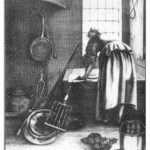
In the cooking kitchen
In the basement, or cellar
In the inner kitchen
Delft markets
Market bucket
Tables: fold-out table, pull-out table, round table, octagonal table, sideboard: This includes instructions on table manners. (“Do not propose to sing at the table oneself ; wait until one is invited repeatedly to do so and keep it short.”)
Trestle table
Foot stove: “One placed an earthenware container within the foot stove and filled it with glowing coals or charcoal. One then placed the feet on it. If a large dress was then lowered over it, or a chamber coat, it warmed both feet and legs.”

Tapestry table rug: “Only the most wealthy of Dutch households put Turkish rugs on the floor.”
Since I first posted this in 2012, the site moved and none of the links worked. I despaired! However, I emailed Drs Kees Kaldenbach and he kindly provided me with the new sites. Relief! This is one of the most illuminating accounts of daily life in the 17th century. For a historical novelist, it’s a gold-mine.
by Sandra Gulland | May 7, 2008 | Baroque Explorations |
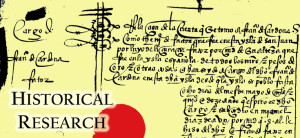
I’m pleased to be a guest blogger on Madam Mayo today, listing my five top historical research sites, and why.
Here is the list:
1. The Medici Archive Project, Document Highlights
This is a site I go to for inspiration, to refresh my delight in all things historical. As the workers who toil in this dusty realm of historical documents put it, every now and then a document comes along that casts a spotlight into that far-away realm and demands to be shared. From this site I’ve read the historical accounts of a rain of frogs, disemboweling kisses, and the sexual crimes committed under cover of the rite of the Tenebrae-— or “The Darkness”-— during Holy Week.
2. The Diary of Samuel Pepys
I enjoy reading Pepys delightful diary on almost a daily basis. It gives me the feeling of life in the 17th century. The annotations are informative and well worth reading as well.
3. BibliOdyssey: Books—Illustrations—Science—History—Visual Materia Obscura—Eclectic Bookart
There are many, many delights in the realm of historical research and coming upon unusual and captivating illustrations is one of them. This amazing blog revels in the unusual, the charming, the beautiful. Not all of the images are historical but most are. I could linger on this site all day.
4. Google Book Search
Google wasn’t the first to put digitized books on-line (the French on-line library Gallica was an early pioneer), but it has quickly become the best in my view, and certainly the easiest to use. If you specify “full view only” in your search, you will be shown books in the public domain, often published some time ago. If you go to Advanced Book Search, you may even specify the time of publication. You may also begin to build up your own on-line library.
I use it for research but I also love to search for old expressions — for example, how someone in the past might have completed the phrase: “as hot as a … “ A Google Book search reveals these tasty possibilities: “as hot as a turn spit,” “as hot as a plum pudding,” “as hot as a melon bed.”
5. Oxford English Dictionary
If I want to know if a particular word or expression was used in the 17th century, this is where I can go to find out. If I want to know what words were used for—say—”pretty” before the 18th century, the OED on-line will tell me (comely, quaint, jolly…). The site, however, is restricted: one must use it through a library that subscribes or pay. I couldn’t do without it.


 I’d discovered Imperious on the website of Raphael Historical Falconry, and so I wrote to them. This morning, I had a long email from Emma Raphael, giving me a full and very interesting explanation. (People are so very generous with their knowledge!) Imperious is a Golden Eagle hybrid, and Eagles were rarely seen in Elizabethan England. In fact, there was only one recorded, in the ruins of an old castle near Chester, and was persecuted by farmers who feared for their young cattle.
I’d discovered Imperious on the website of Raphael Historical Falconry, and so I wrote to them. This morning, I had a long email from Emma Raphael, giving me a full and very interesting explanation. (People are so very generous with their knowledge!) Imperious is a Golden Eagle hybrid, and Eagles were rarely seen in Elizabethan England. In fact, there was only one recorded, in the ruins of an old castle near Chester, and was persecuted by farmers who feared for their young cattle.
















